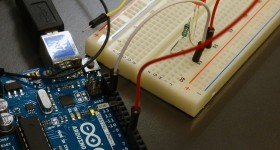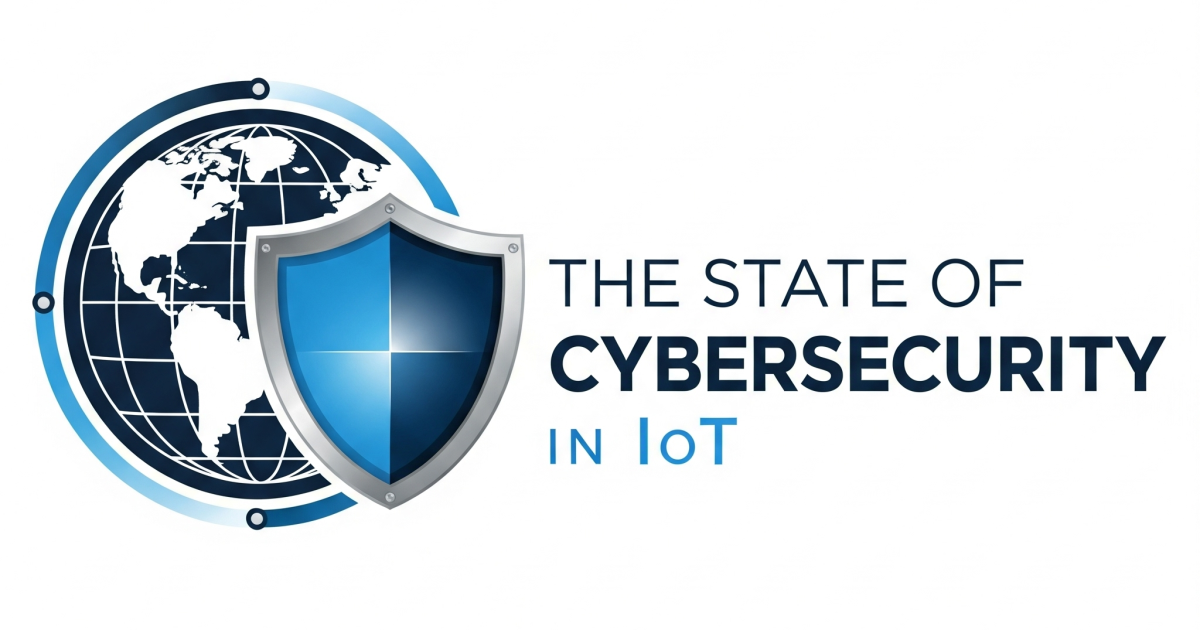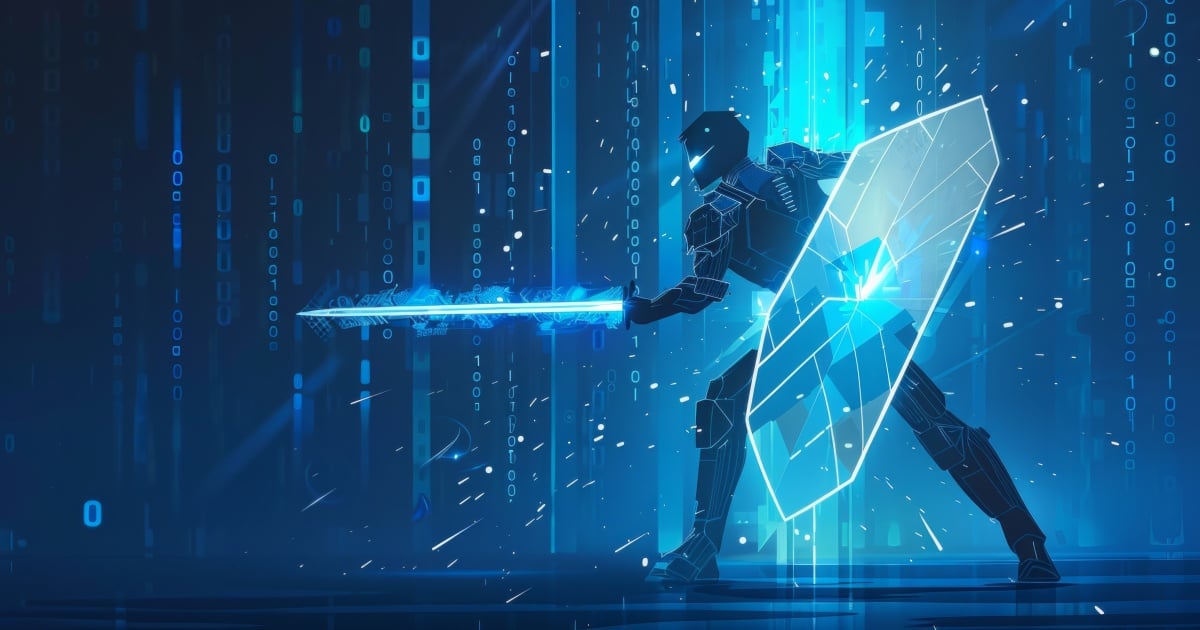The IoT is an interesting beast, isn’t it? It’s growing in every direction at the same time, it seems. From the top, you’ve got companies like Cisco, Intel, Amazon and Salesforce leading the way in the enterprise space. And at the bottom, working up and creating the raw hard and software that become mass market products for the big dogs are the Makers.
They use a number of platforms with the coolest names: Arduino, Raspberry Pi, Yun. Helping to get the Makers the gear and the knowledge they need, while educating the IoT marketplace about the potential of the movement is dog hunter. Of course, at the same time the company is making its own M2M hardware, a series of Linux-based Arduino modules of varying specifications and almost limitless IoT applications. At its heart, dog hunter specializes in the design, development and production of IoT WiFi modules and in the development of control and sensor management solutions for educational, hobby, industrial sectors, automotive and consumer products. Its modules based on Qualcomm technology through its Linino brand.
Tenaya Hurst is education accounts manager at dog hunter and she joined me at IoT Editor’s Day Silicon Valley to talk Arduino, makers, DIY and robots. (Editor’s note: We plan to do another one of these on the east coast sometime soon, but the next time to get face to face with me will be at the IoT Evolution Expo, January 25 to 28 in Ft. Lauderdale. See you in the sand.)
Hurst dug into how she’s been in touch with robotics folks, looking to leverage connectivity to make their ‘bots smarter, more responsive and with richer functionality and controls. Of course, this kind of ground-breaking robotics work is going to bear dividends in manufacturing, science, energy and safety industries all over the world.
Some of the projects she’s been working on, when not going to Guatemala to help train budding makers there, include the Arduino Studio code project, which allows a system to run the Arduino system functions without an operating system. Of course, this means that the runtime is much quicker, and has less drain on resources, although it does limit functionality a bit.
It’s all pretty cool, and you’d better be looking to these DIY masters if you want to find the next big thing.
Edited by
Kyle Piscioniere





